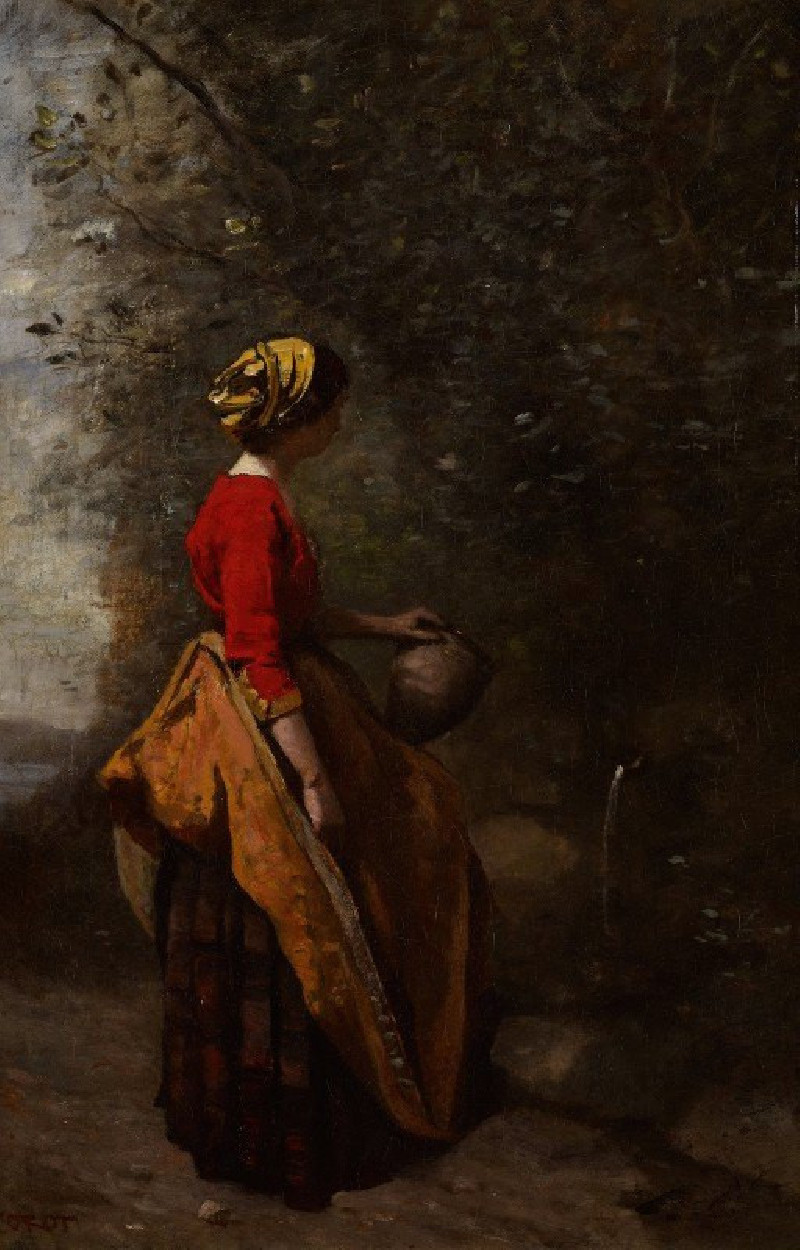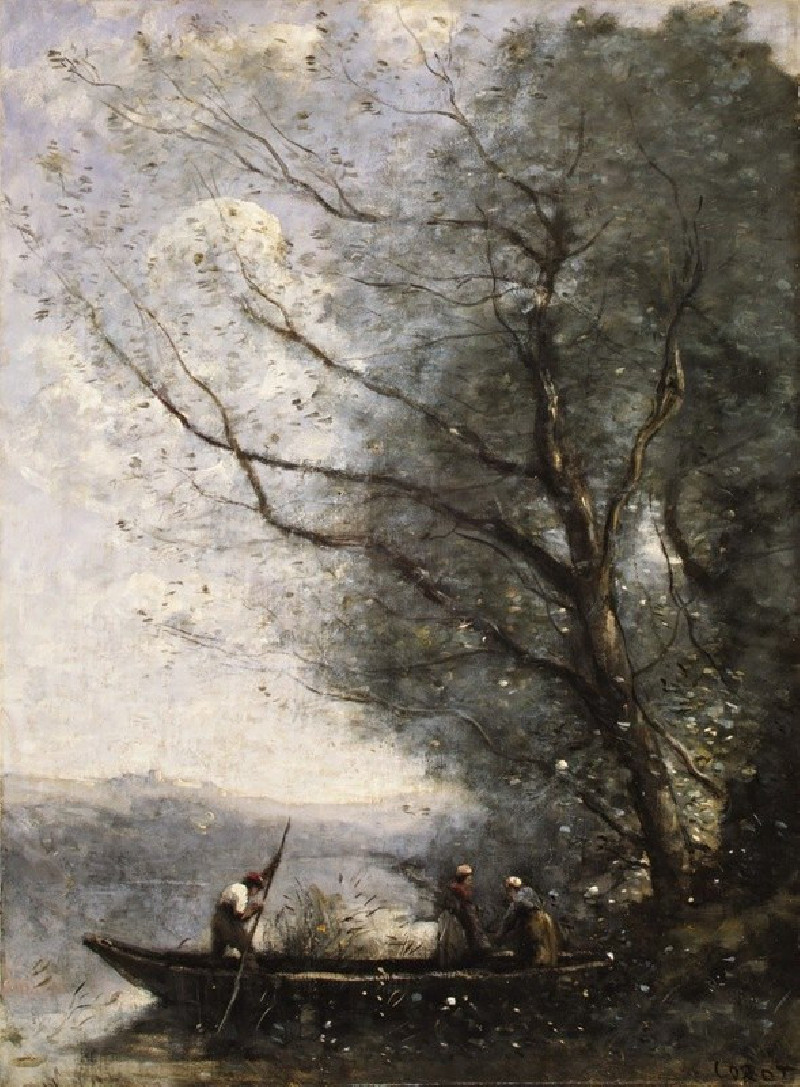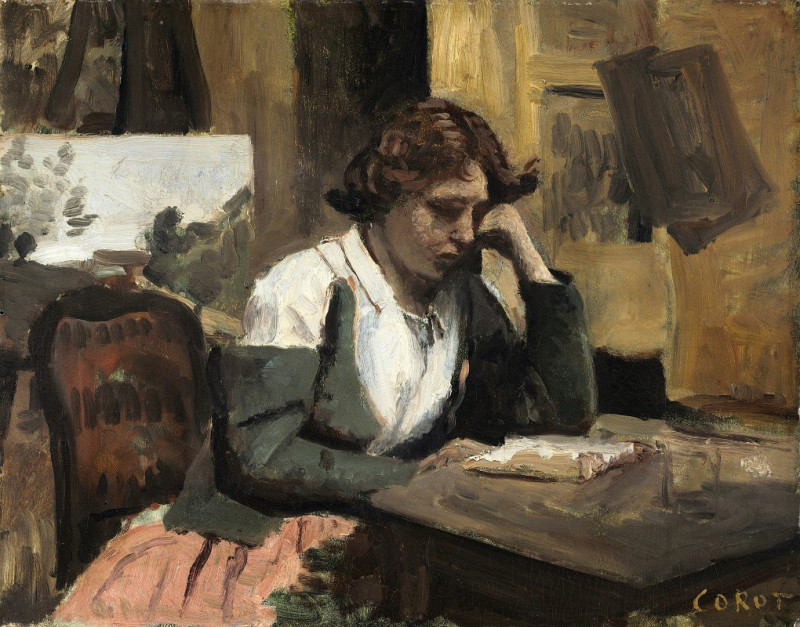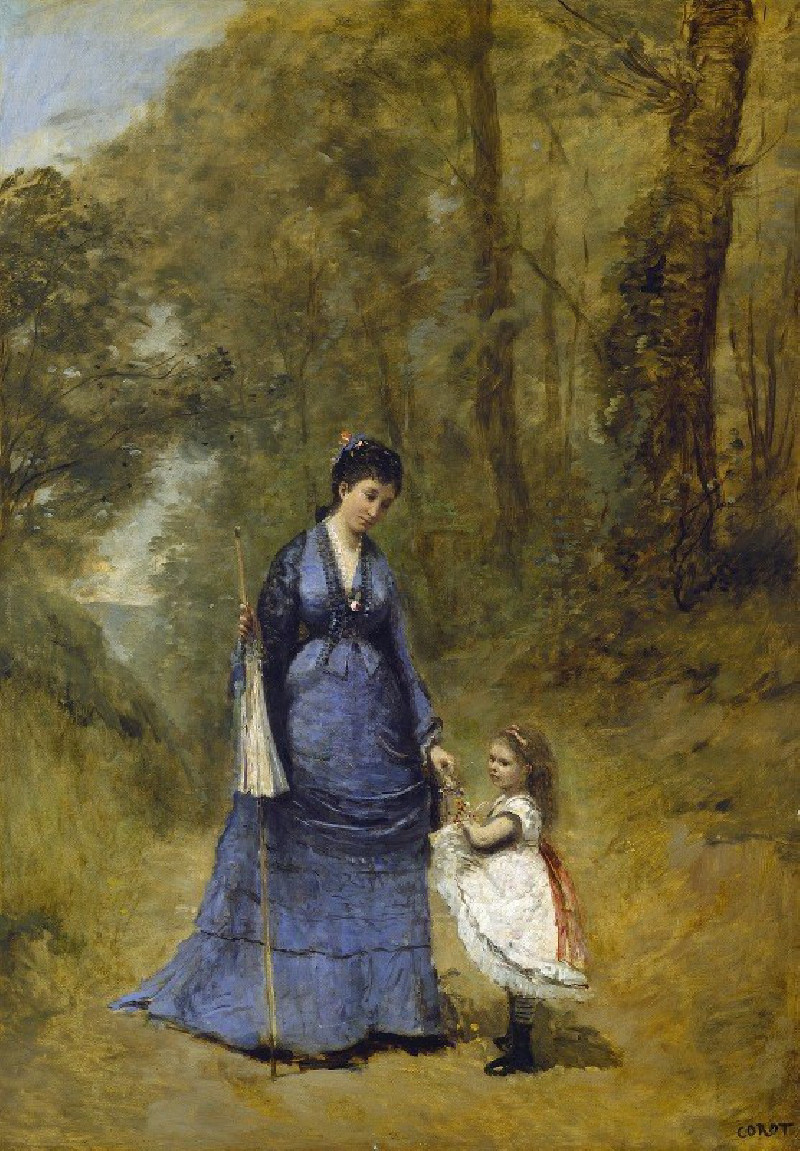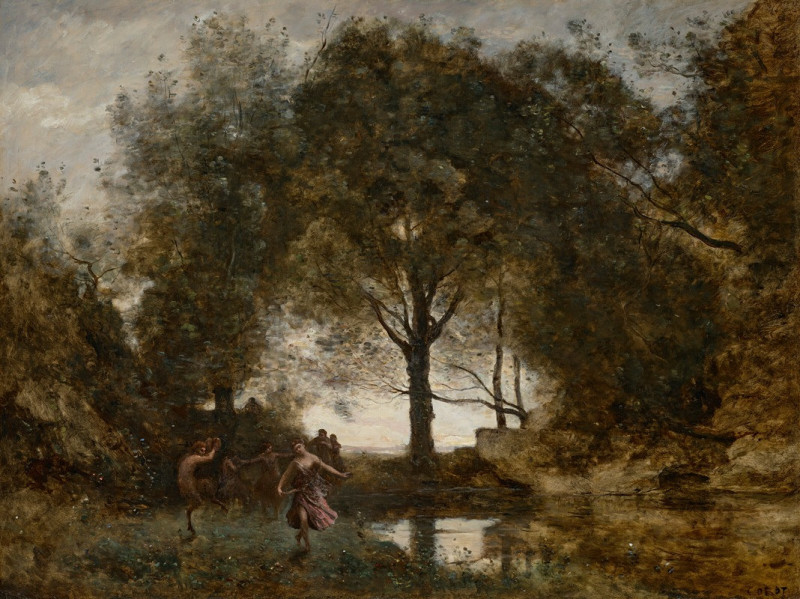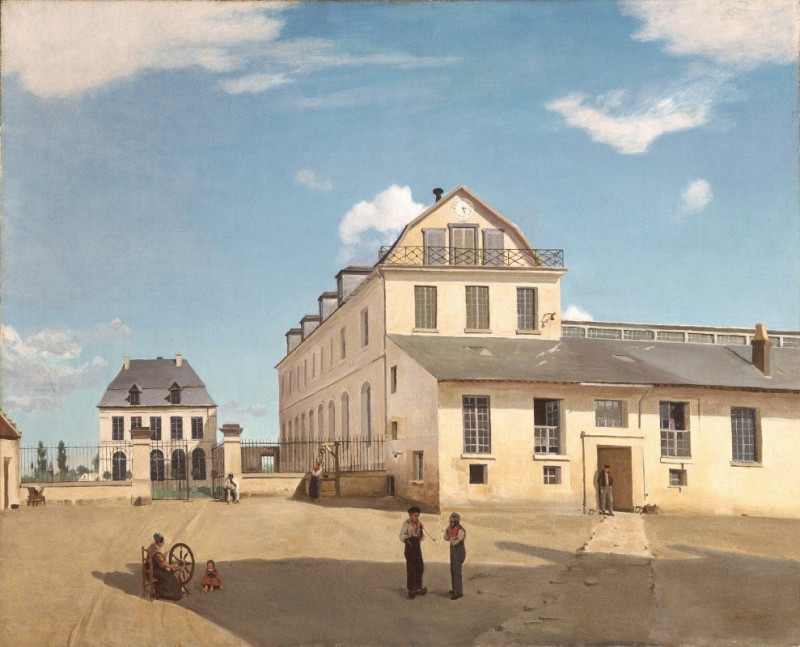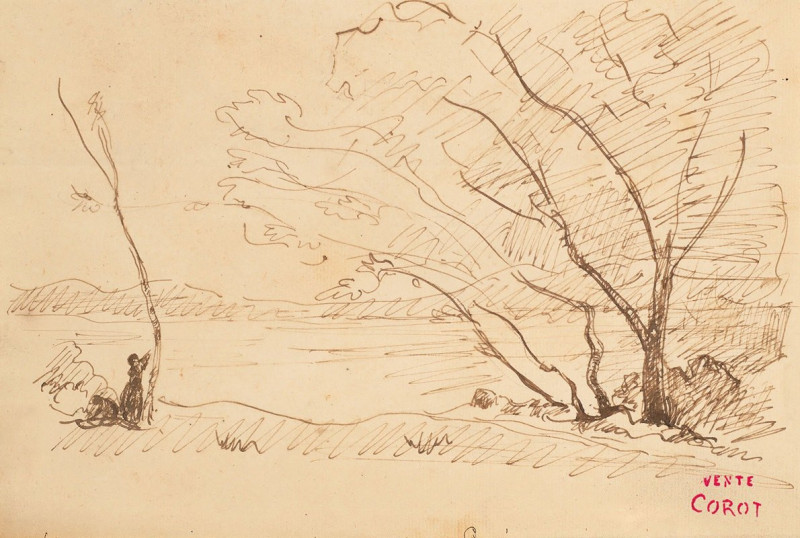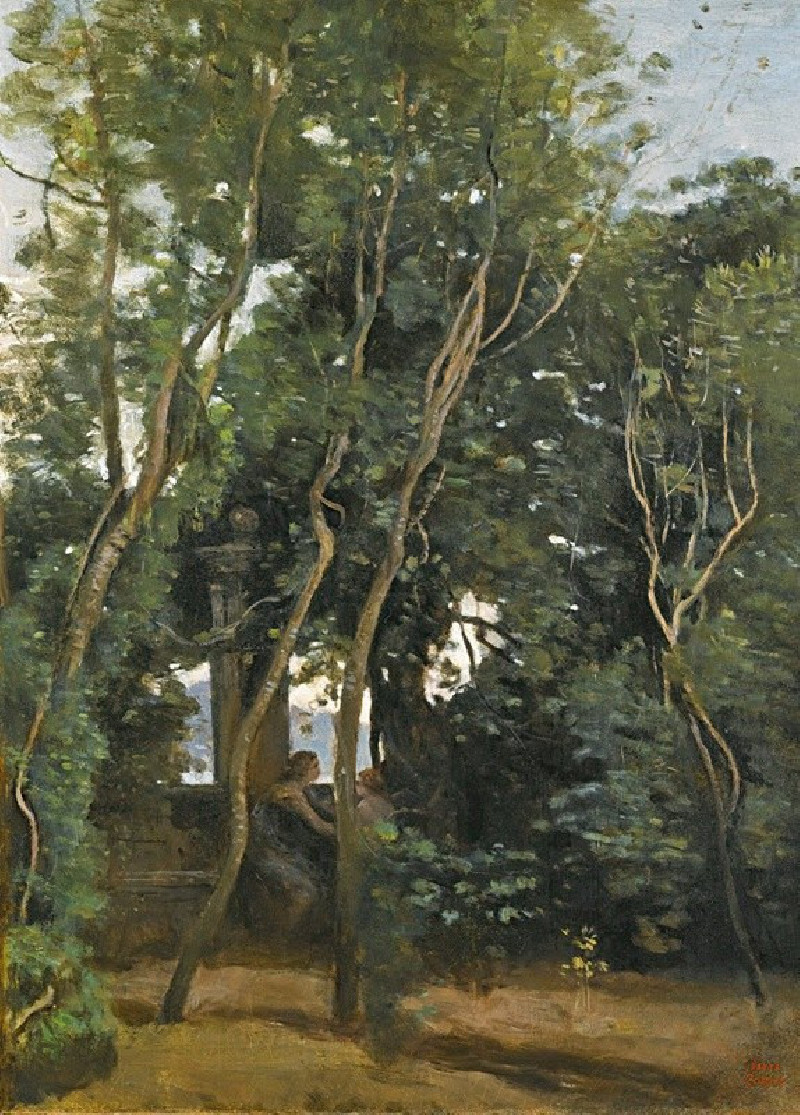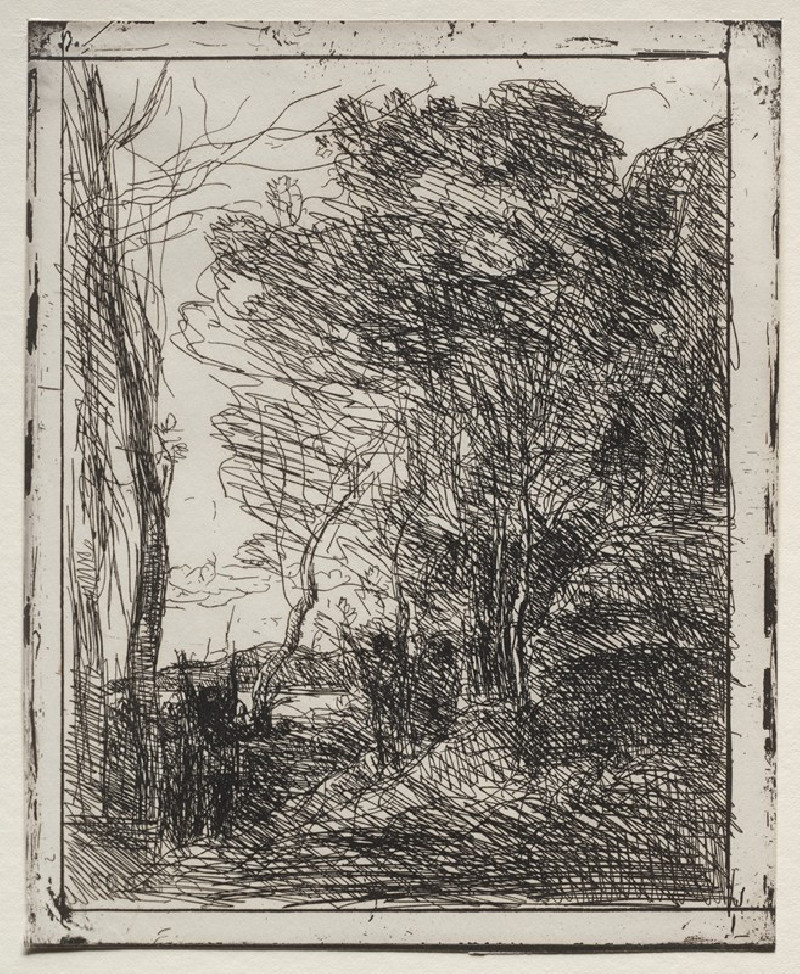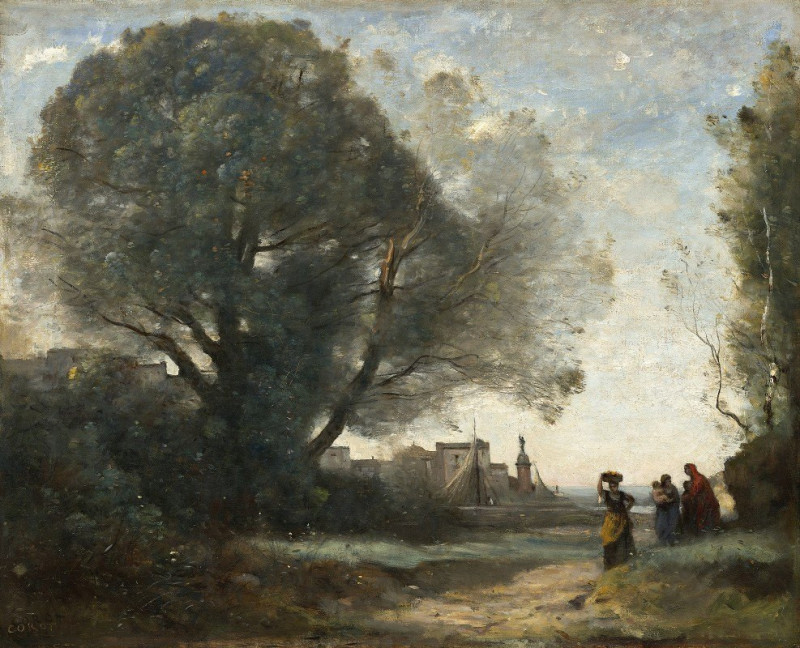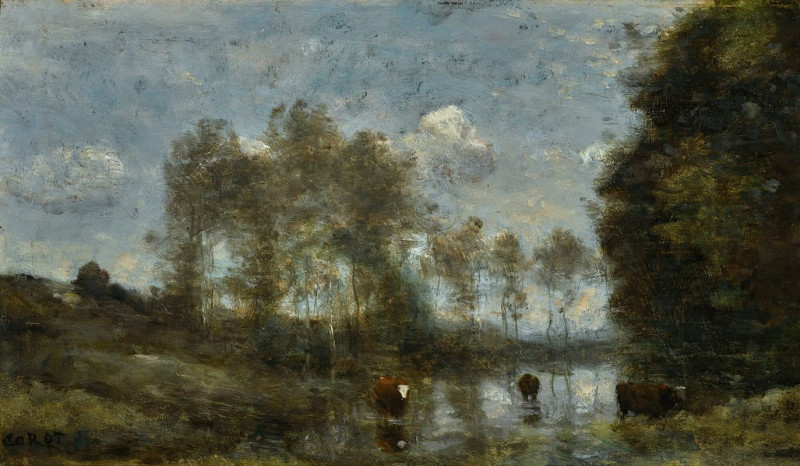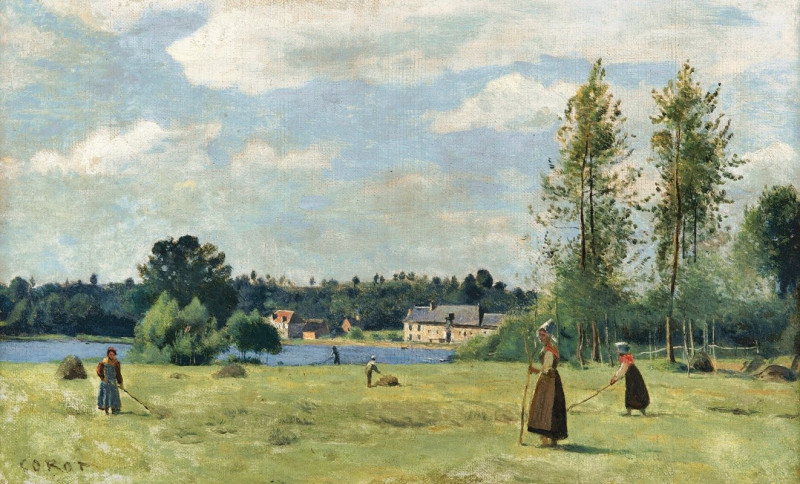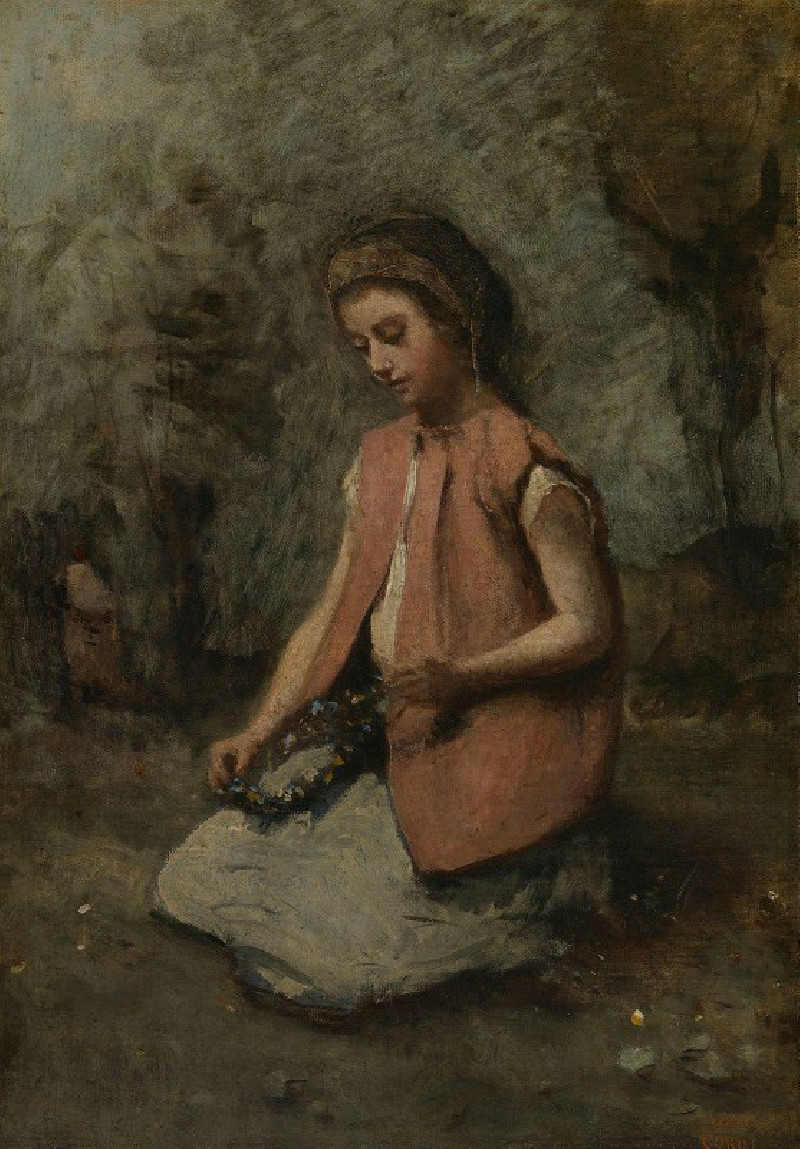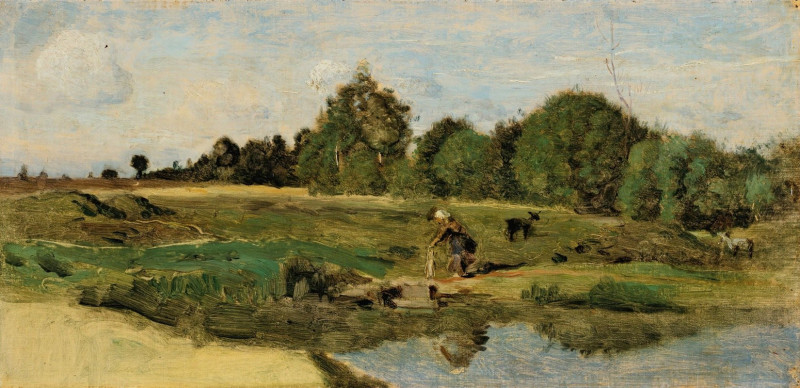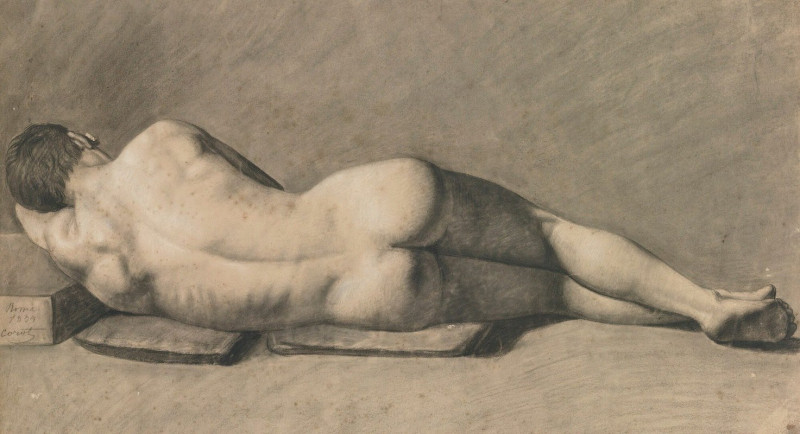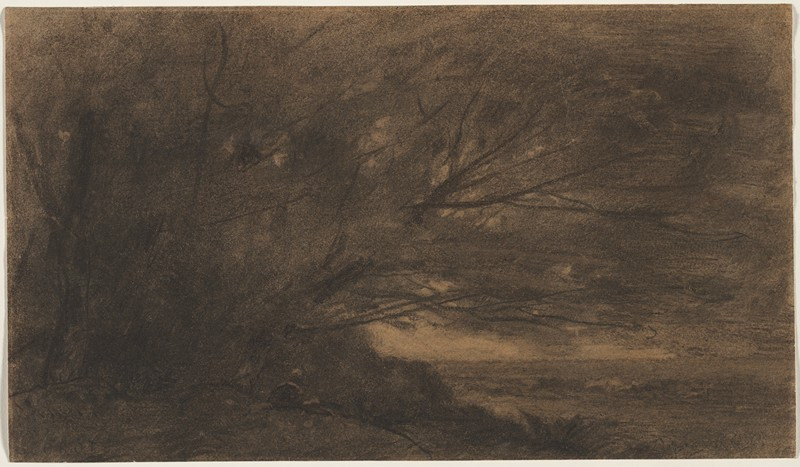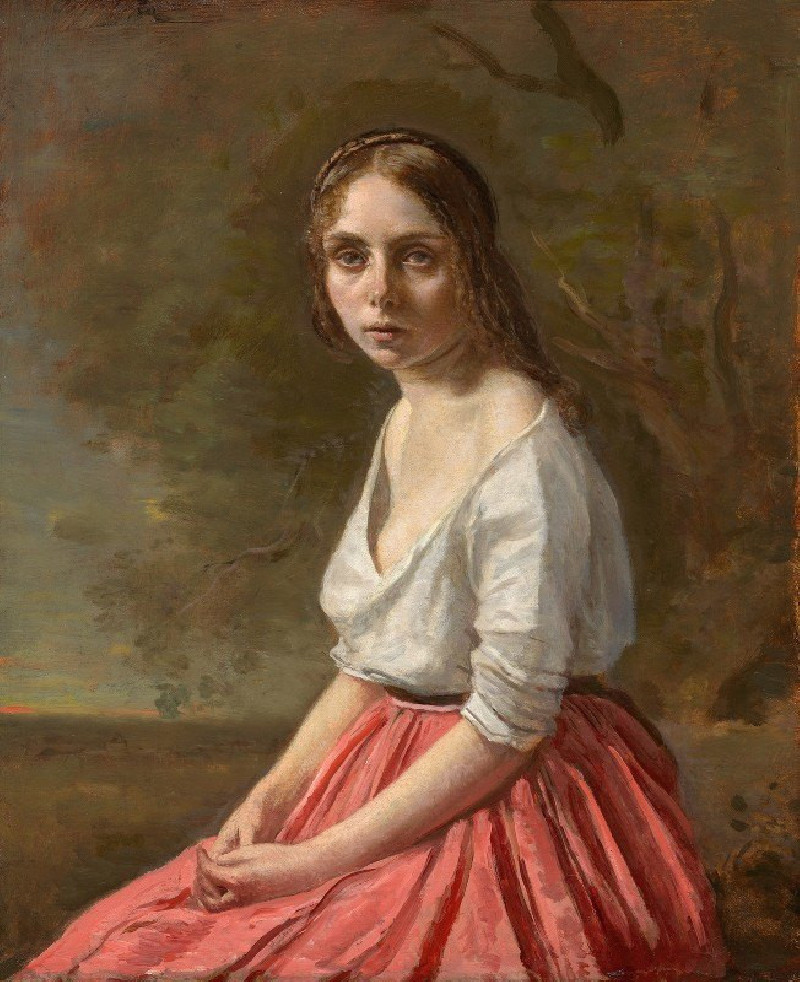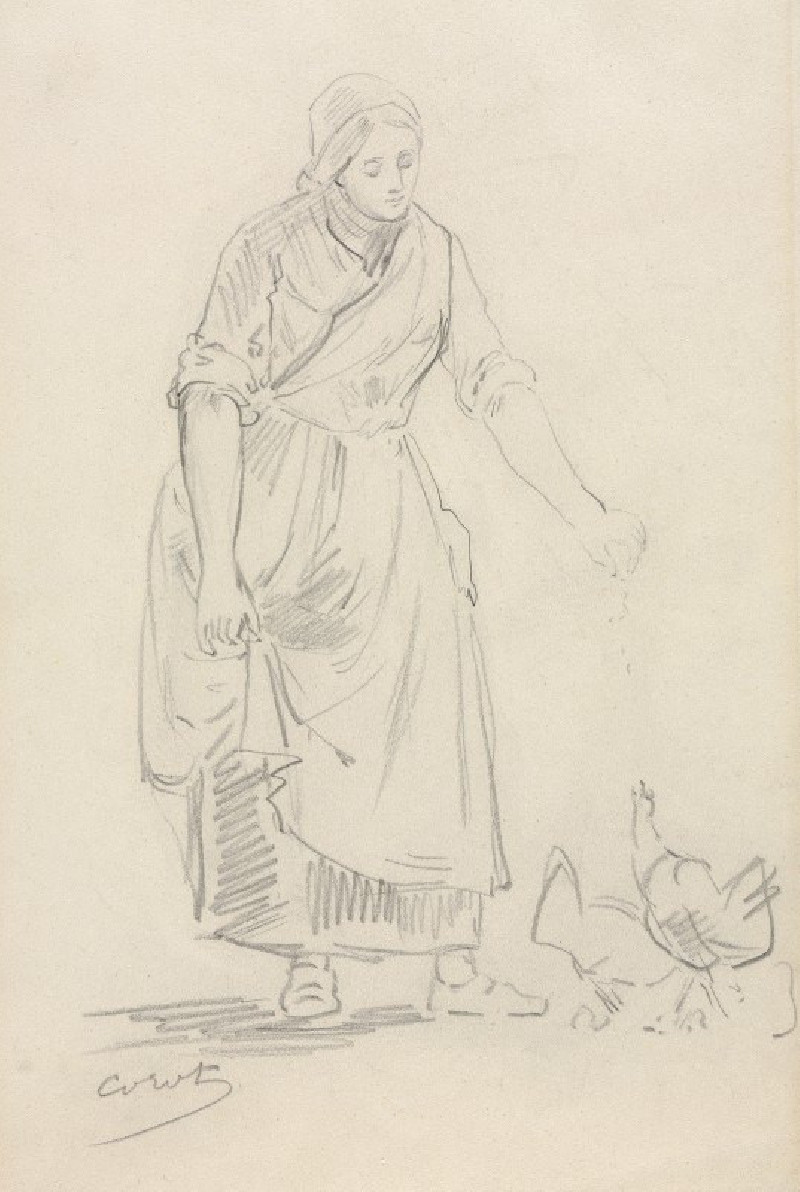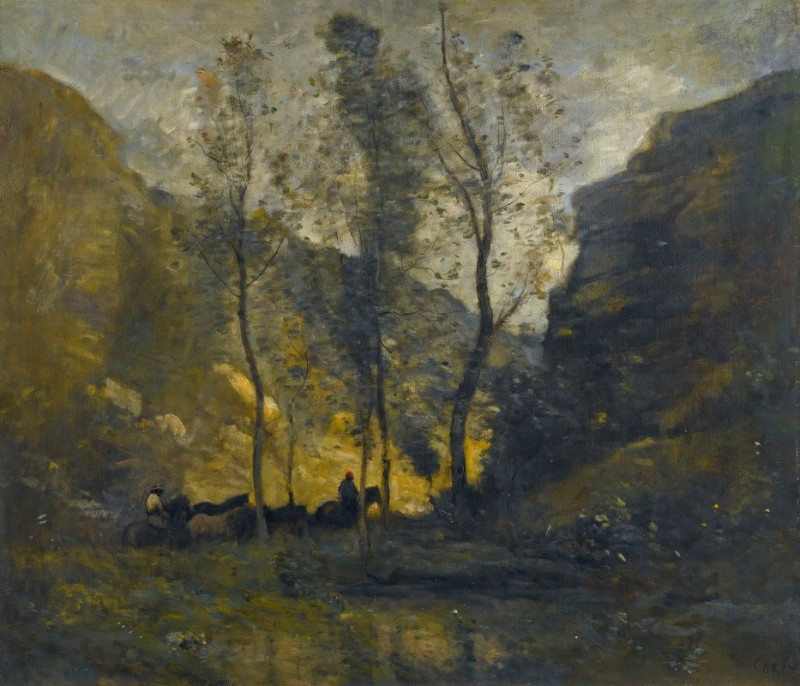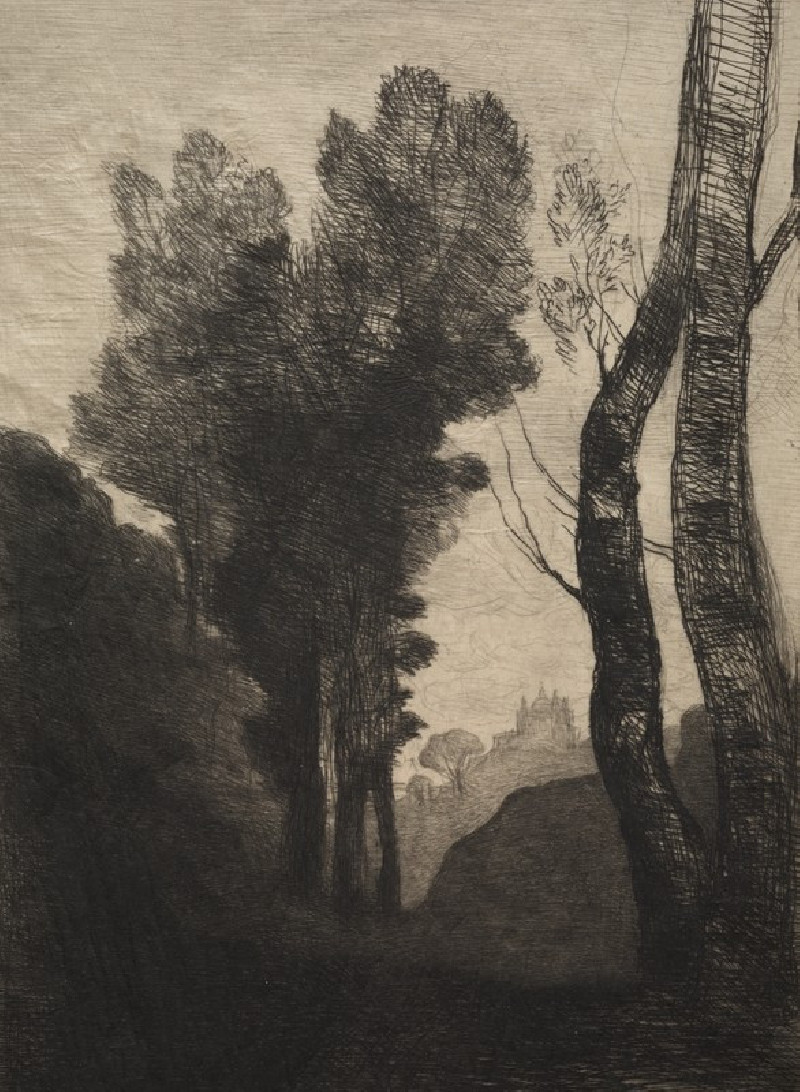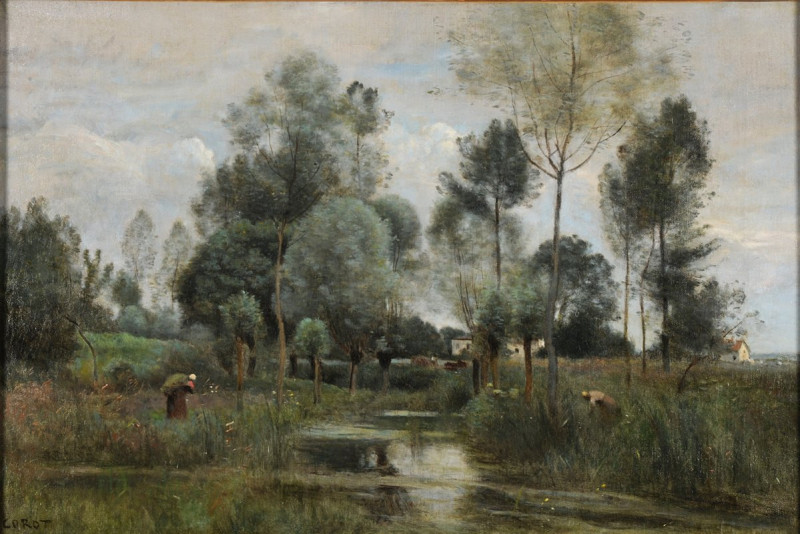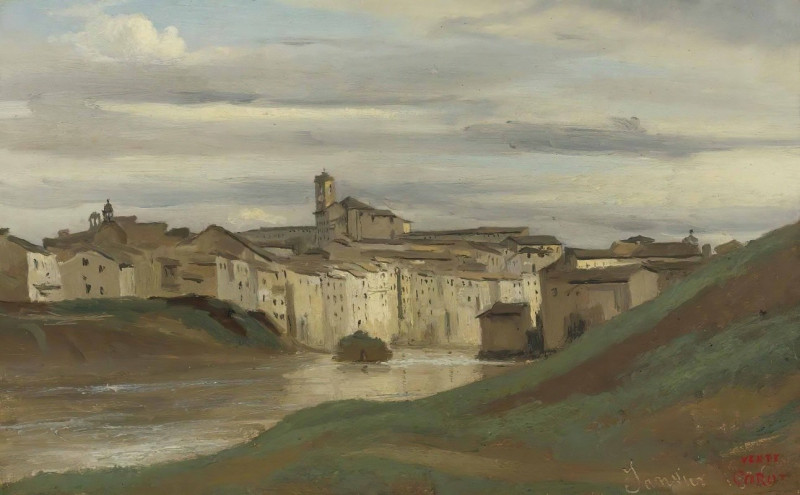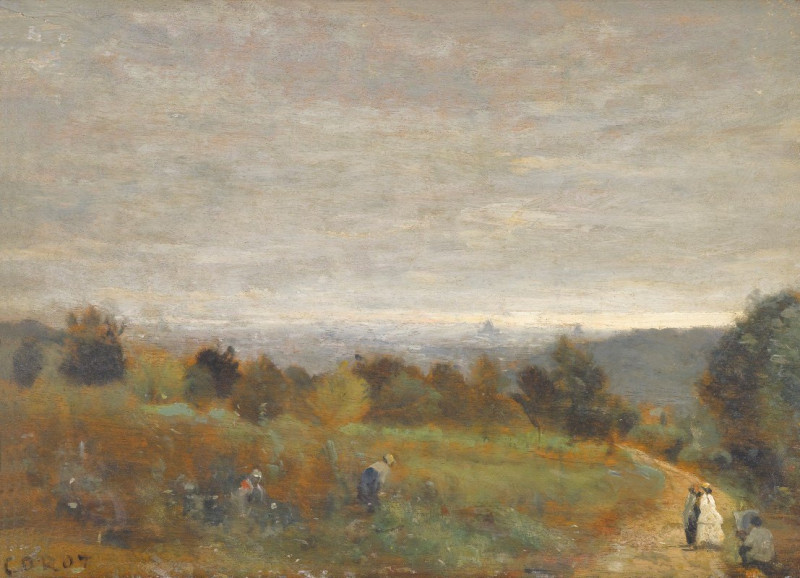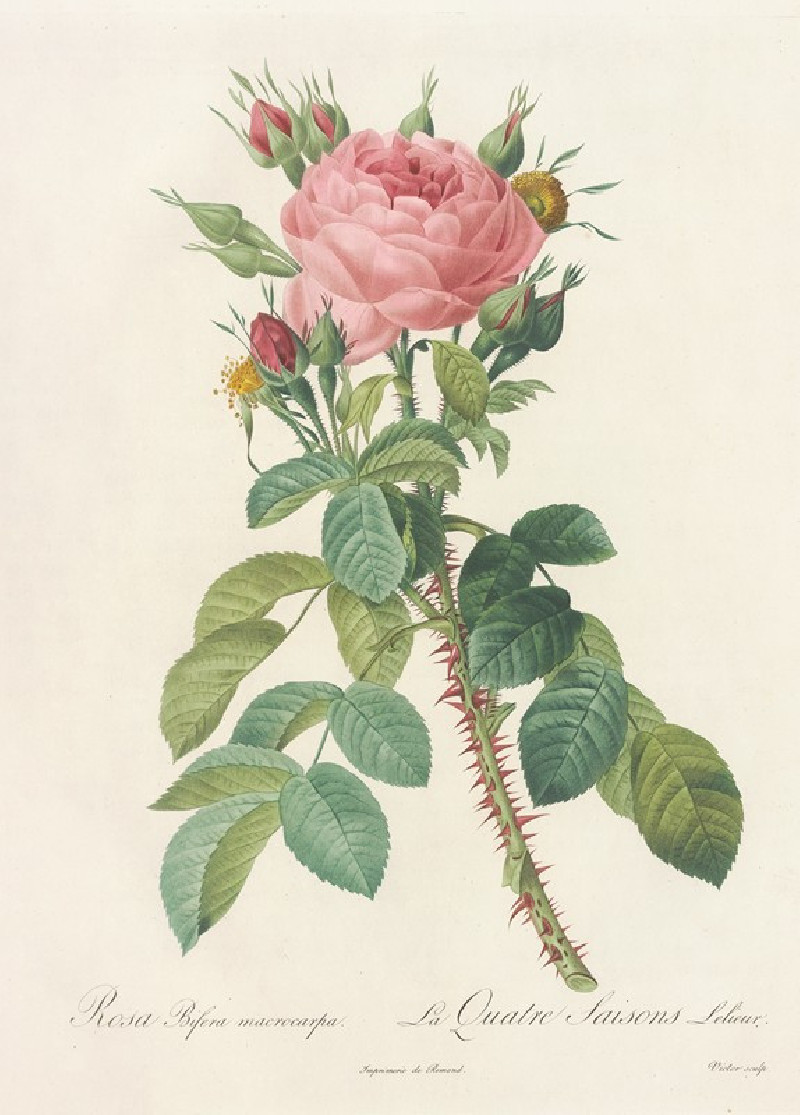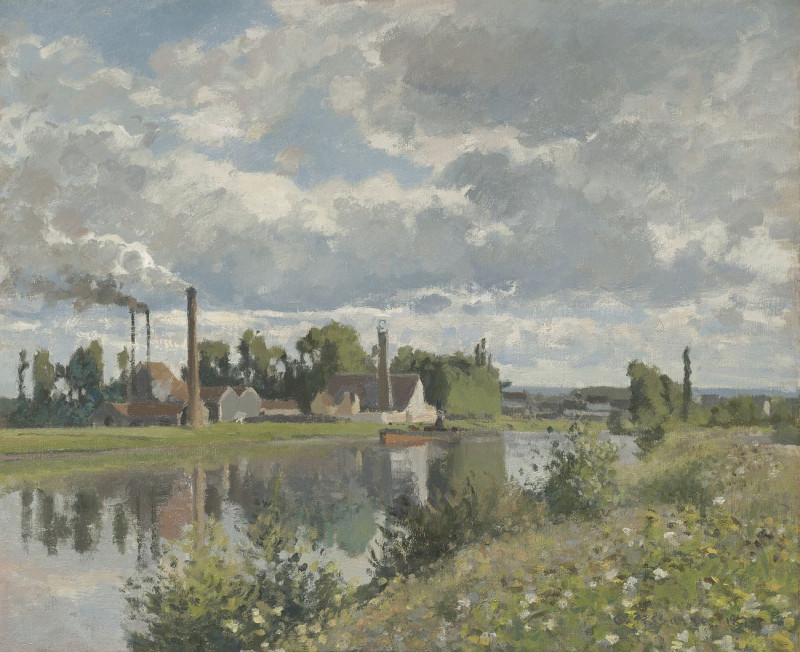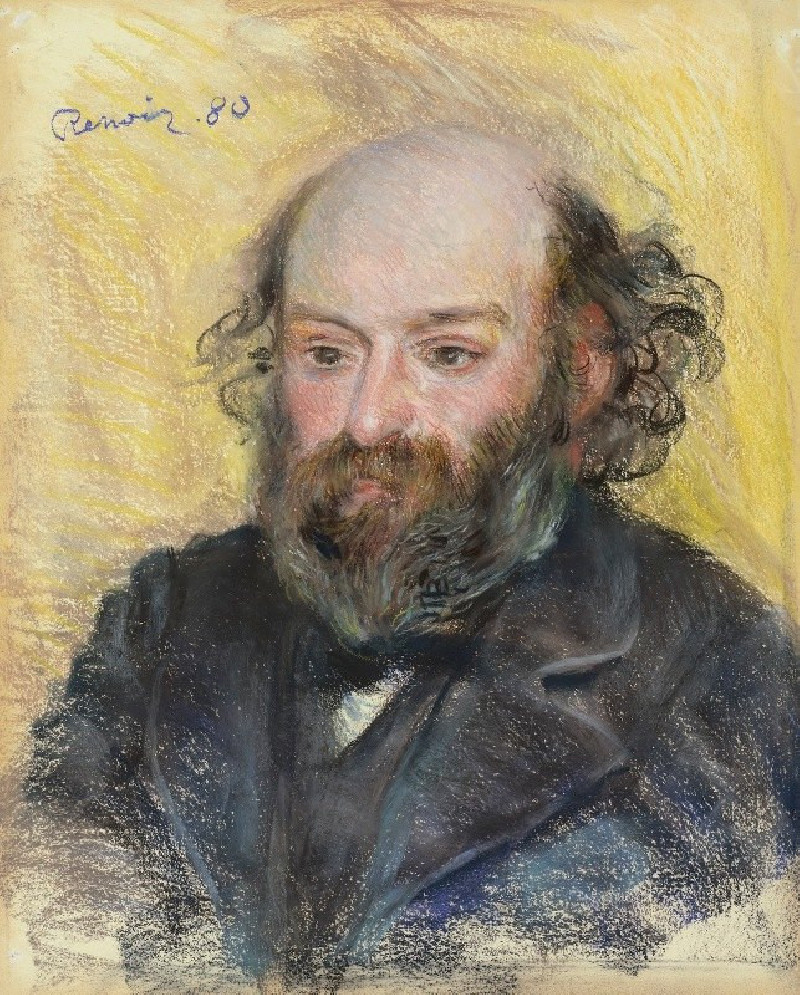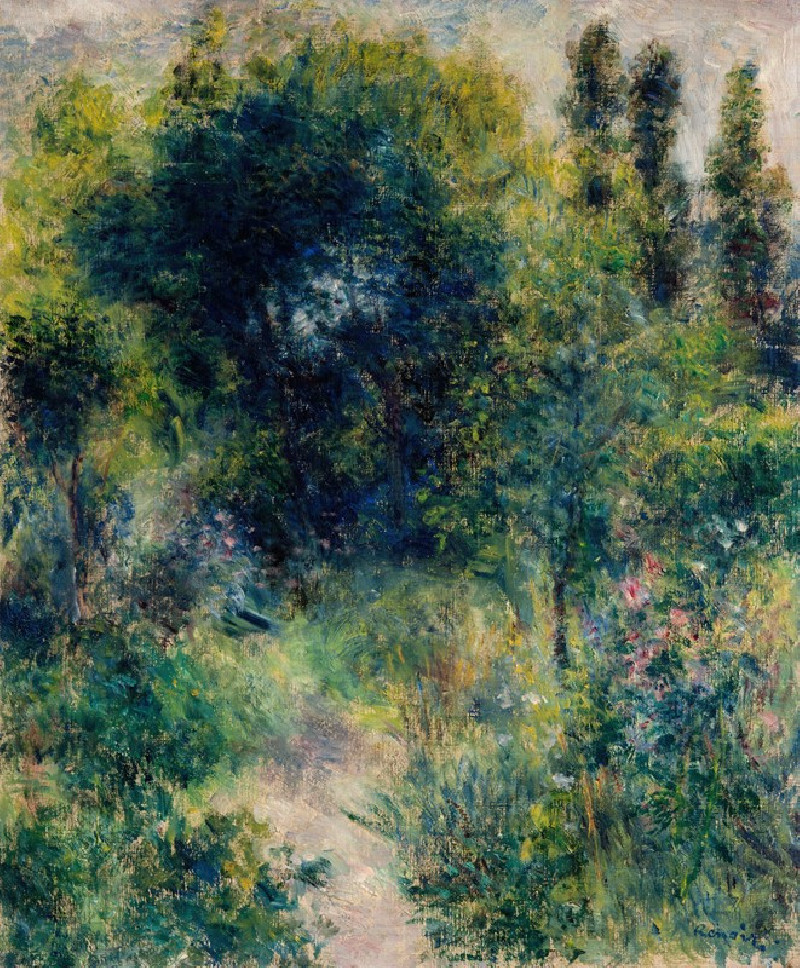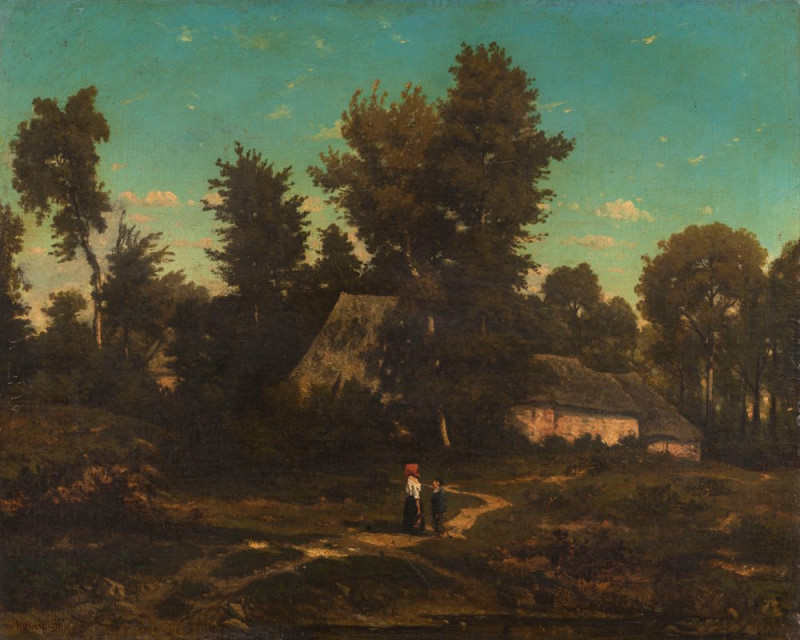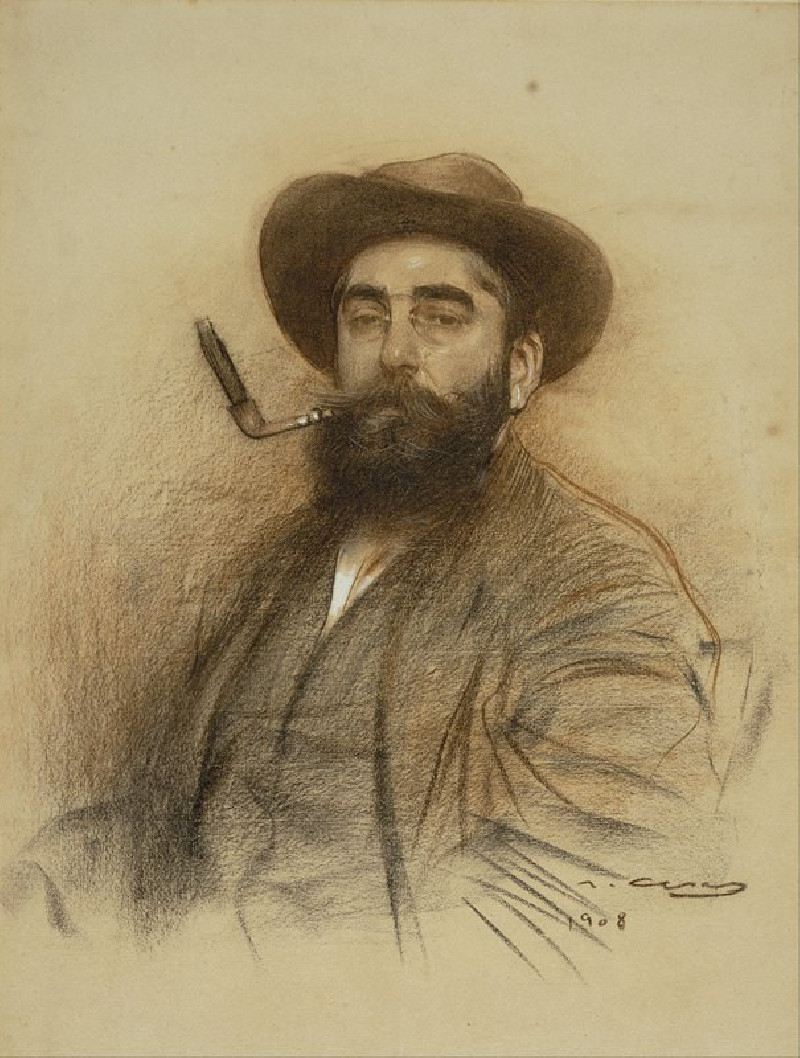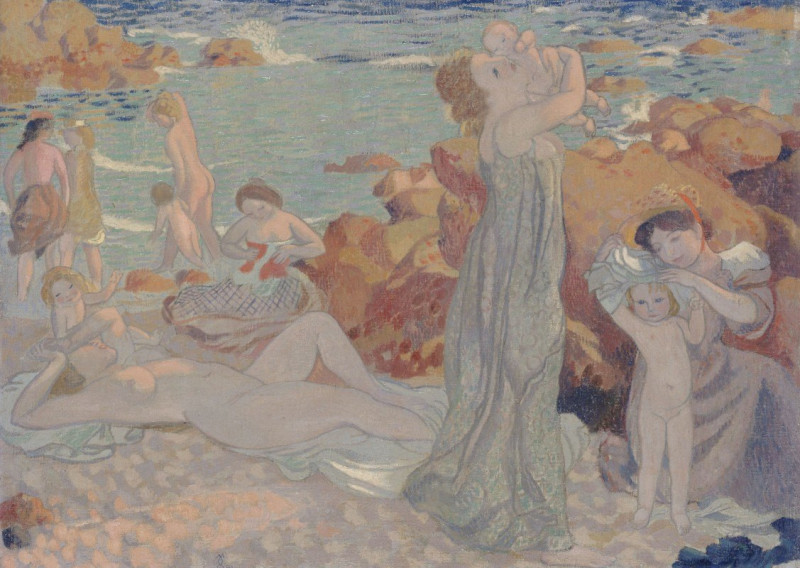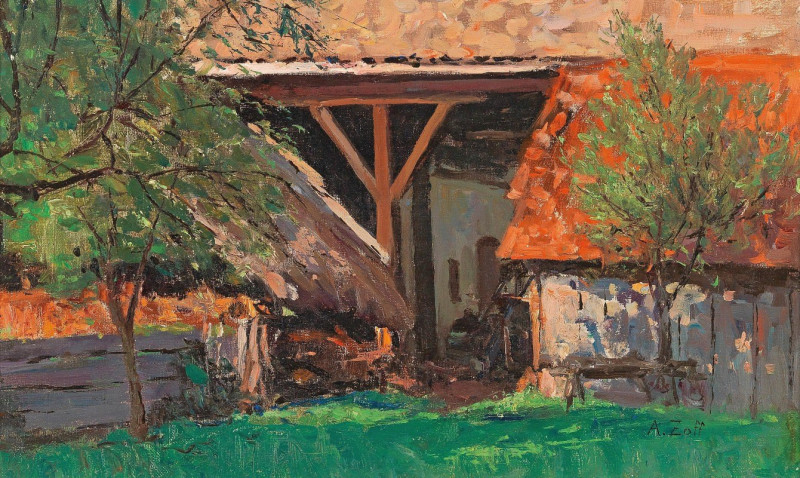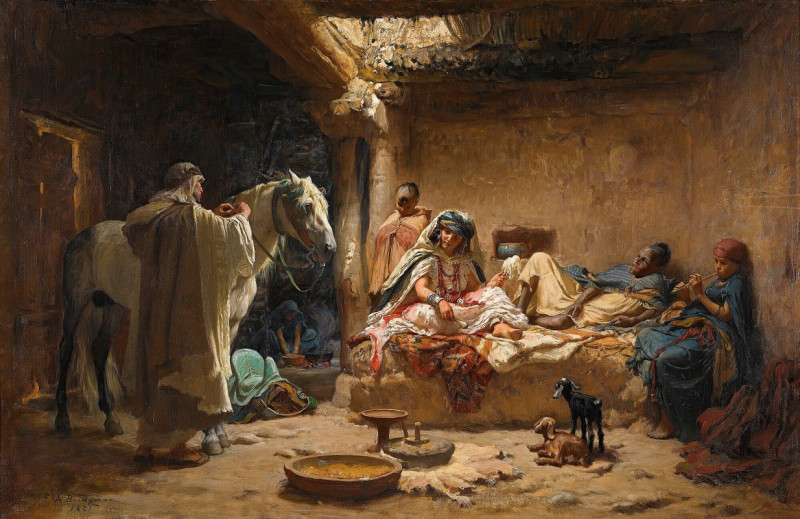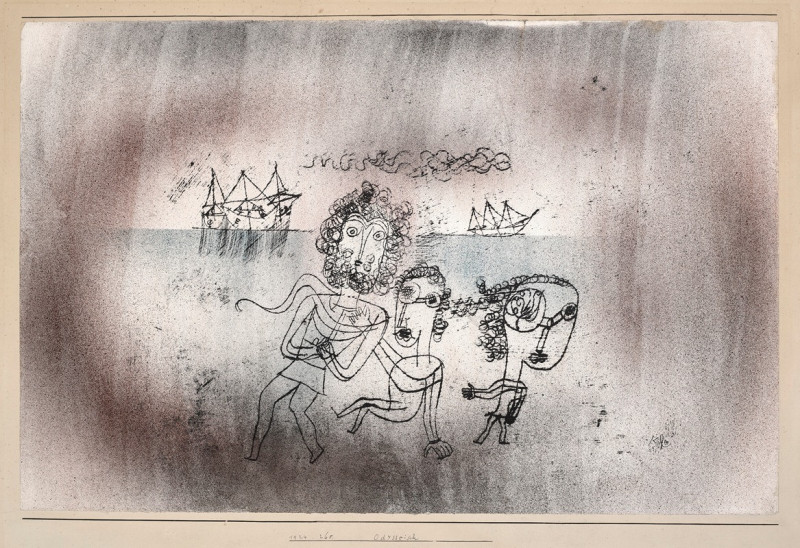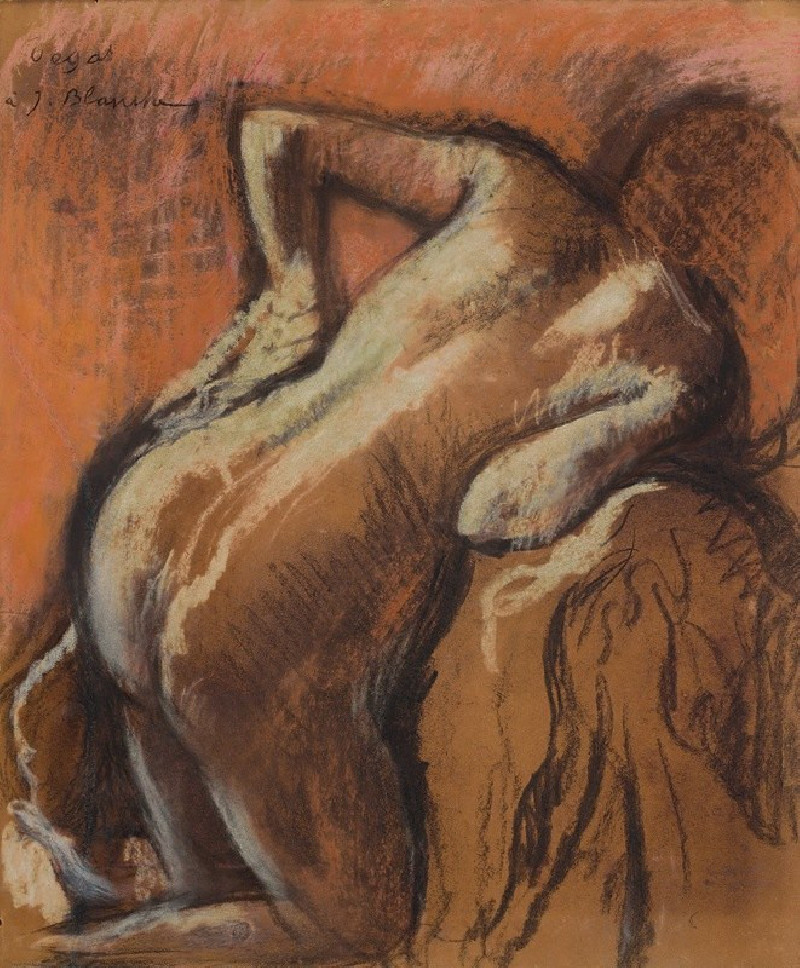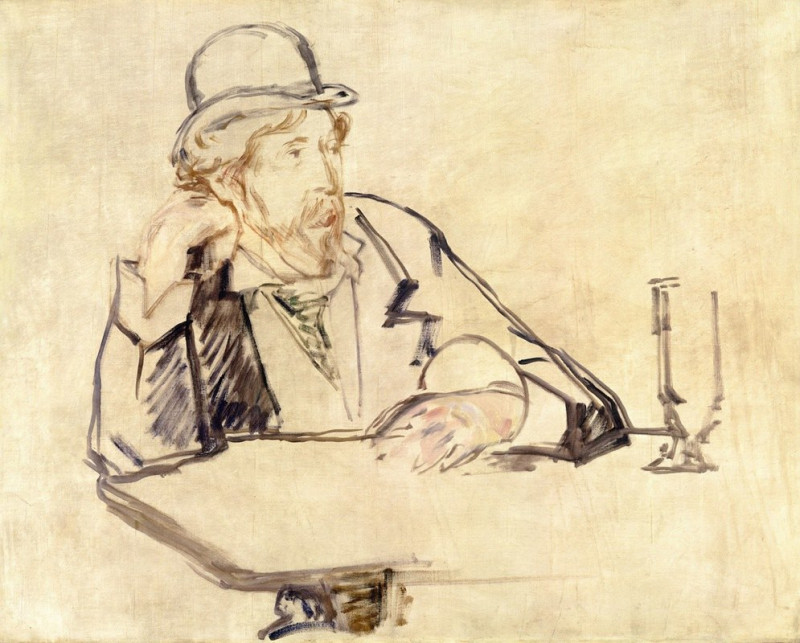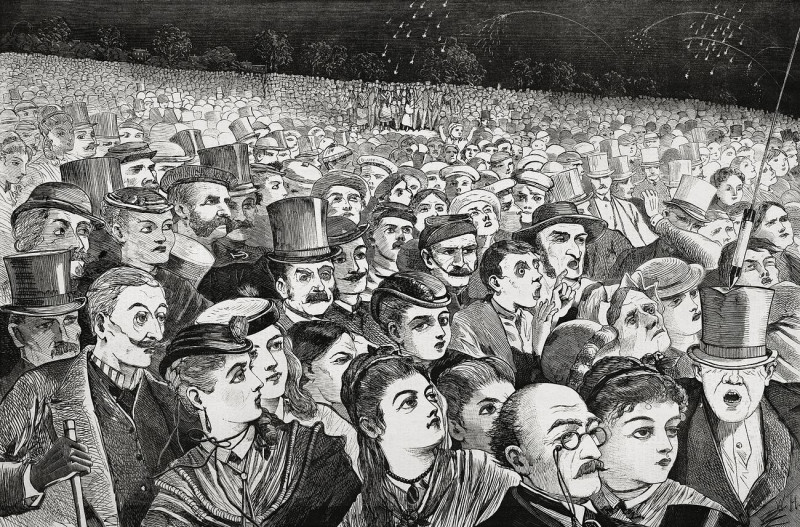Peasant Girl at the Spring (c. 1860-65)
Technique: Giclée quality print
Recommended by our customers
More about this artwork
In the evocative painting "Peasant Girl at the Spring" by Jean-Baptiste-Camille Corot, a young woman is depicted in a serene, natural setting, embodying the simplicity and grace of rural life. Captured from behind, the girl stands next to a trickling spring, with a pitcher gracefully balanced in her hand, suggesting she is either about to draw water or has just finished. Her attire is traditional and colorful, featuring a vivid red blouse that strikingly contrasts with the muted, earthy tones of her skirt and the predominantly dark, lush background.Corot's masterful use of light and shadow not only highlights the naturalistic elements of the scene but also enhances the contemplative mood. The girl's head is adorned with a yellow-patterned headscarf, which adds a touch of brightness and detail against the darker, indistinct foliage. This artwork, painted circa 1860-65, showcases Corot’s skill in blending realism with a poetic sensitivity to the landscape, a hallmark of his work during this period.
Delivery
Returns
Jean-Baptiste-Camille Corot was a French landscape and portrait painter as well as a printmaker in etching. He is a pivotal figure in landscape painting and his vast output simultaneously references the Neo-Classical tradition and anticipates the plein-air innovations of Impressionism.

